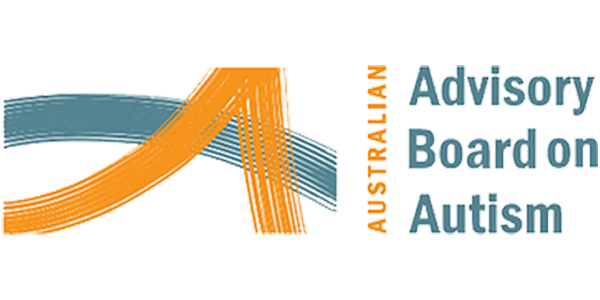AAGST Research & Development
Phase 1: Development of the AAGST
The initial goal cards, including the wording on the cards, were generated by three researchers based on their combined clinical experience, a review of the literature and other person-centred planning tools. Goal cards with sample pictures were sent to the illustrators to assist them in developing the illustrated set of cards. This illustrated set of cards was distributed to ASAN committee members, teachers, and allied health professionals with relevant experience, with the aim of gaining their feedback on the clarity, relevance and comprehensiveness of the goals. Goal cards on issues of importance to people on the spectrum, such as disclosure of autistic identity, self-advocacy and networking within the autistic community, were added in response to the feedback of the ASAN committee members.
Phases 2 & 3: Evaluation of the goal cards
The comprehensiveness and relevance of the goals and the clarity of the pictures and words were evaluated through the use of two surveys completed by people on the spectrum and their family members. Phase 2 involved distributing the first survey, which was completed by 15 people on the spectrum and 11 family members. The cards were refined on the basis of the responses to the first survey. Phase 3 involved distributing a second survey with the refined cards, to which 23 people on the spectrum and 20 family members responded. The cards were then refined a second time based on the responses to the second survey.
Phase 4: Evaluation of the AAGST content and process
Seven people on the spectrum (aged 14-30 years), as well as three family members, were involved in trials of the AAGST. Eight professional staff also supported 31 people on the spectrum (aged 14-60 years, including 14 with intellectual disabilities) to use the tool. Semi-structured interviews were conducted with the people on the spectrum and family members, and focus groups were conducted with professional staff. The interviews and focus groups focused on the capacity of the tool to assist people on the spectrum to identify, prioritise and communicate their goals. Additionally, the people on the spectrum, family members and professional staff were asked to compare the use of the AAGST with previously used goal-setting processes.
Overall, the AAGST was perceived to be highly effective in enabling people on the spectrum to develop, prioritise and communicate their goals in areas including independent living, and social, community, educational and employment participation.
The evaluation of the AAGST won the 2018 Autism CRC Award for Achievement in Autism Spectrum Research for the team’s outstanding commitment to inclusive research practices.



